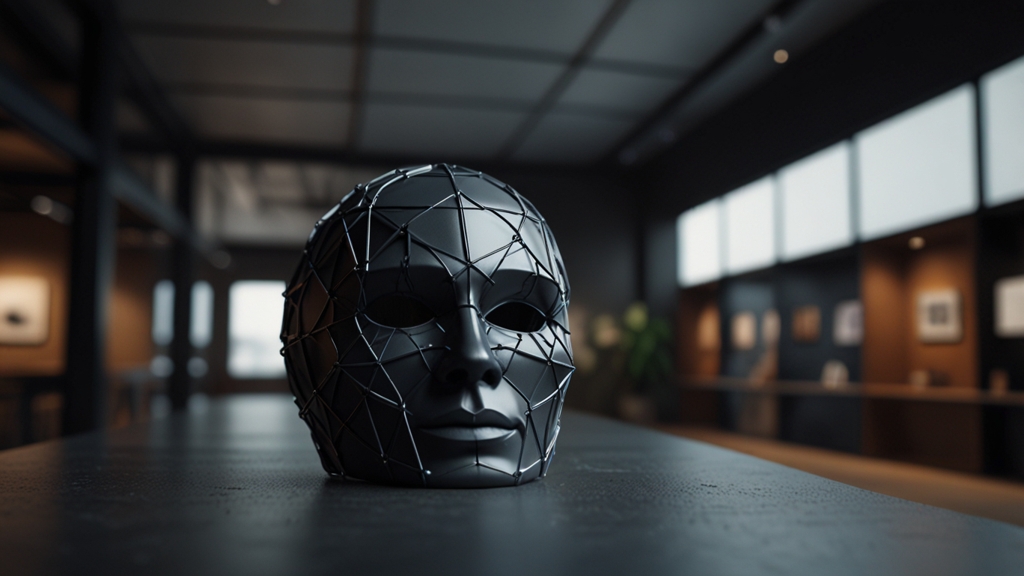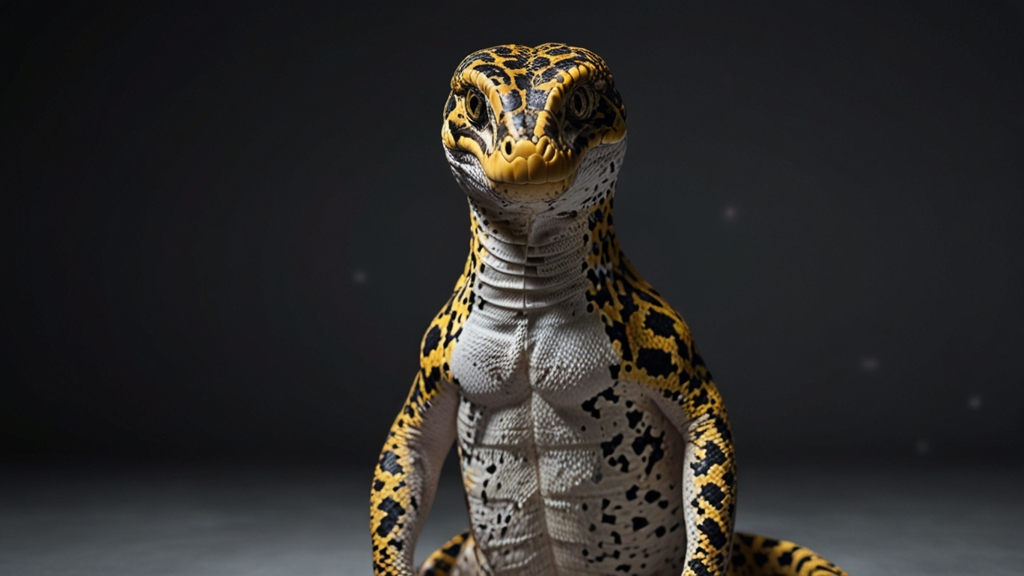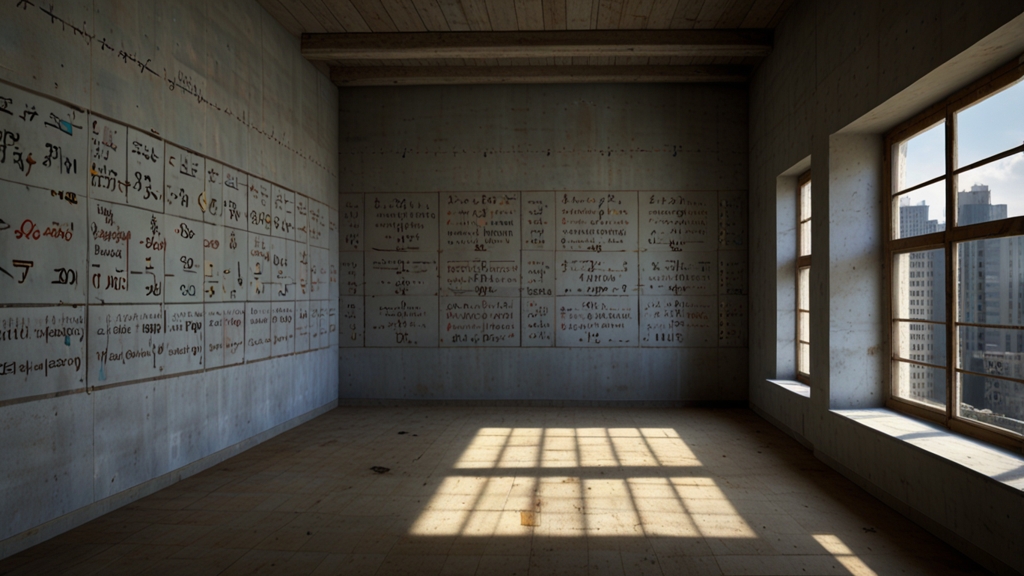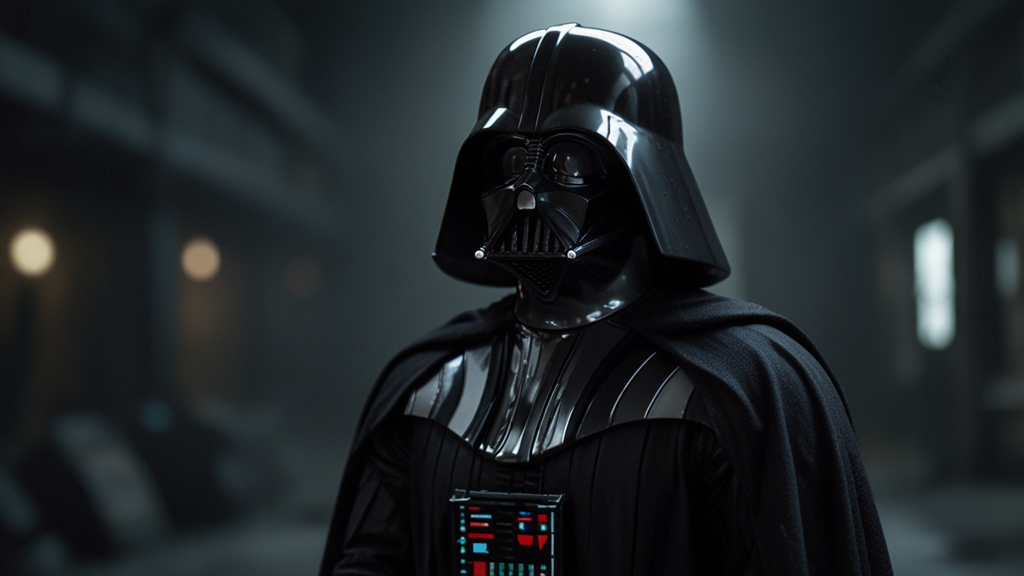Reimagine Your Web Projects with Advanced CSS Techniques
In the ever-evolving landscape of web development, leveraging advanced CSS techniques can significantly elevate the user experience, enhance design aesthetics, and improve functionality. Modern CSS offers a plethora of tools that allow developers to push the boundaries of web design. This article explores some of these advanced techniques and how you can incorporate them into your web projects.
CSS Grid Layout
The CSS Grid Layout is a powerful layout system available in CSS. It excels in creating complex, responsive web designs with relatively little code. CSS Grid allows you to define columns and rows within a container, and place items precisely on the grid using column and row grid lines. Here’s a simple example:
.container {
display: grid;
grid-template-columns: repeat(3, 1fr);
grid-gap: 20px;
}
.item {
background-color: #f4f4f4;
padding: 20px;
}
This code creates a three-column grid with equal widths. The grid-gap property adds spacing between the items. CSS Grid’s capability to handle both rows and columns makes it more versatile than Flexbox, especially for more intricate layouts.
Flexbox for Flexibility
Flexbox, or the Flexible Box Layout, is designed to provide a more efficient way to align items within a container. It is particularly useful for creating one-dimensional layouts. Flexbox simplifies the process of creating complex alignments and maintaining dynamic spacing. Here’s an example:
.container {
display: flex;
justify-content: space-between;
}
.item {
background-color: #e2e2e2;
padding: 20px;
}
In this example, justify-content: space-between; distributes the items evenly with equal space around them. Flexbox is ideal for creating navigation bars, horizontal and vertical centering, and fluid layouts that adjust dynamically to the screen size.
Pseudo-Classes and Pseudo-Elements
Pseudo-classes and pseudo-elements allow for the styling of specific parts of an element or elements based on their state. Common pseudo-classes include :hover, :focus, and :nth-child(). Pseudo-elements like ::before and ::after enable the insertion of content before or after an element’s actual content. Here’s an example using pseudo-elements:
.button::before {
content: '🚀 ';
}
.button:hover {
background-color: #ddd;
}
This code adds a rocket emoji before the content of elements with the .button class and changes the background color on hover. Pseudo-classes and pseudo-elements can be leveraged to create visually dynamic elements without additional HTML markup.
Custom Properties (CSS Variables)
CSS Variables, or Custom Properties, offer a way to define reusable values throughout your stylesheet. They improve maintainability and scalability by centralizing the values, making it easier to update and manage them:
:root {
--main-color: #3498db;
--spacing: 15px;
}
.container {
background-color: var(--main-color);
padding: var(--spacing);
}
In this snippet, --main-color and --spacing are custom properties defined at the root level. These variables can be reused throughout the stylesheet, ensuring consistency and simplifying changes.
Animations and Transitions
Animations and transitions enhance user interactions by adding dynamic, responsive movement to your elements. Transitions animate the change from one state to another smoothly. Here’s a simple transition example:
.button {
transition: background-color 0.3s ease;
}
.button:hover {
background-color: #2980b9;
}
This code animates the background color change when a user hovers over the button. For more complex animations, the @keyframes rule can be used:
@keyframes slidein {
from {
transform: translateX(-100%);
}
to {
transform: translateX(0);
}
}
.container {
animation: slidein 1s ease-in-out;
}
Here, the element slides in from the left side over one second. CSS animations and transitions can create engaging visual effects that captivate users and improve the overall experience.
Conclusion
Advanced CSS techniques offer a myriad of ways to transform your web projects, making them more user-friendly, visually appealing, and easier to maintain. Whether you’re using CSS Grid for complex layouts, Flexbox for responsive design, pseudo-classes for dynamic styling, custom properties for consistency, or animations for interactivity, each technique has unique advantages. Mastering these tools will not only enhance your current projects but also set a solid foundation for future innovations in web design. Start reimagining your web projects with these advanced CSS techniques today!






